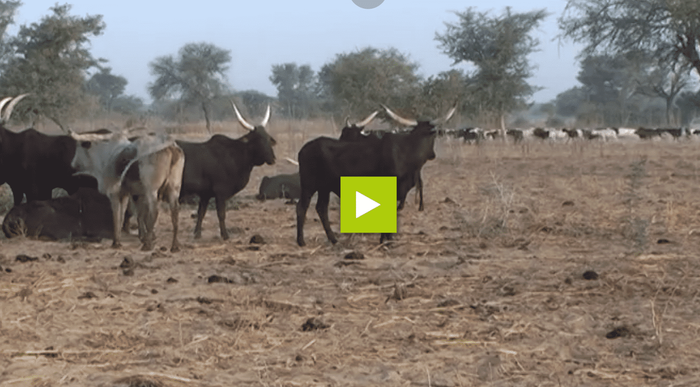Animals play an important role in keeping soil healthy while manure helps in crop production. Tethering or crowning animals on fields returns both manure and urine to the soil. Urine is rich in nitrogen for crops and does not require extra labour for manure handling or storage.
Maintaining a good relationship with herders is important for farmers who do not have animals of their own. They can agree on sharing crop residues, money or food, in return, the herder can leave the manure on the land.
Benefits
Trees such as thorny acacia provide shade, fix nitrogen from air and improve crop growth. They are also good for animals as they fatten animals and improves milk production, prevent wind and help keep water on the land.
Different animals produce different quality of manure, manure of small ruminants are strongest then camels and lastly cows. Fields with animals being tethered or crowded tend to have less striga plants compared to fields where manure is added from elsewhere.
Use of manure
Too much manure may lead to nutrition leaching after heavy rains. Excessive cow dung could damage crops during drought seasons hence reducing manure rates can help avoid this.
Fresh manure should not be transported to fields as it will spread weed seeds like striga. The manure is put in a pit until it decomposes then it can be transported to the fields. One can also add crop residue to make composite or let the manure decompose.
Penned poultry enables easy collection of their dropping which can be added to the compost. Urine is a great source of nitrogen which should be collected, by bedding straws where the animals rests as the urine can not evaporate.
Animals should not be fed with striga. The seeds should be hand pull after crop harvesting to avoid animals transporting the seeds of striga to the fields.



















